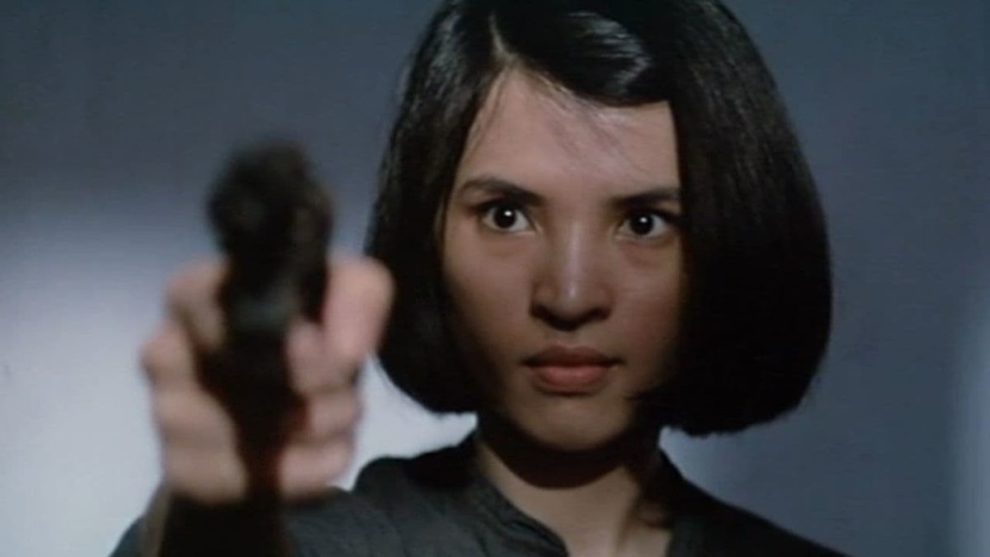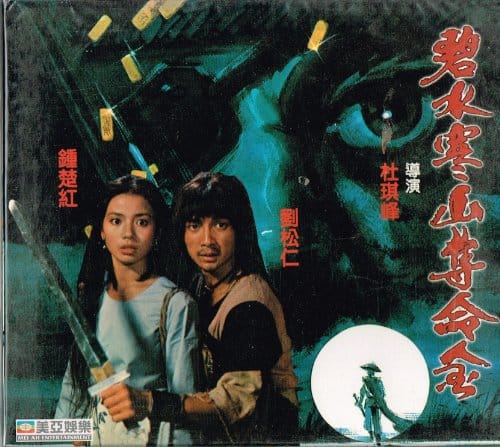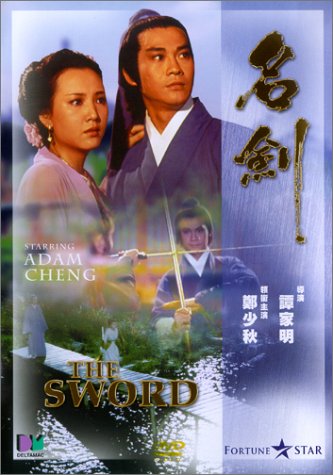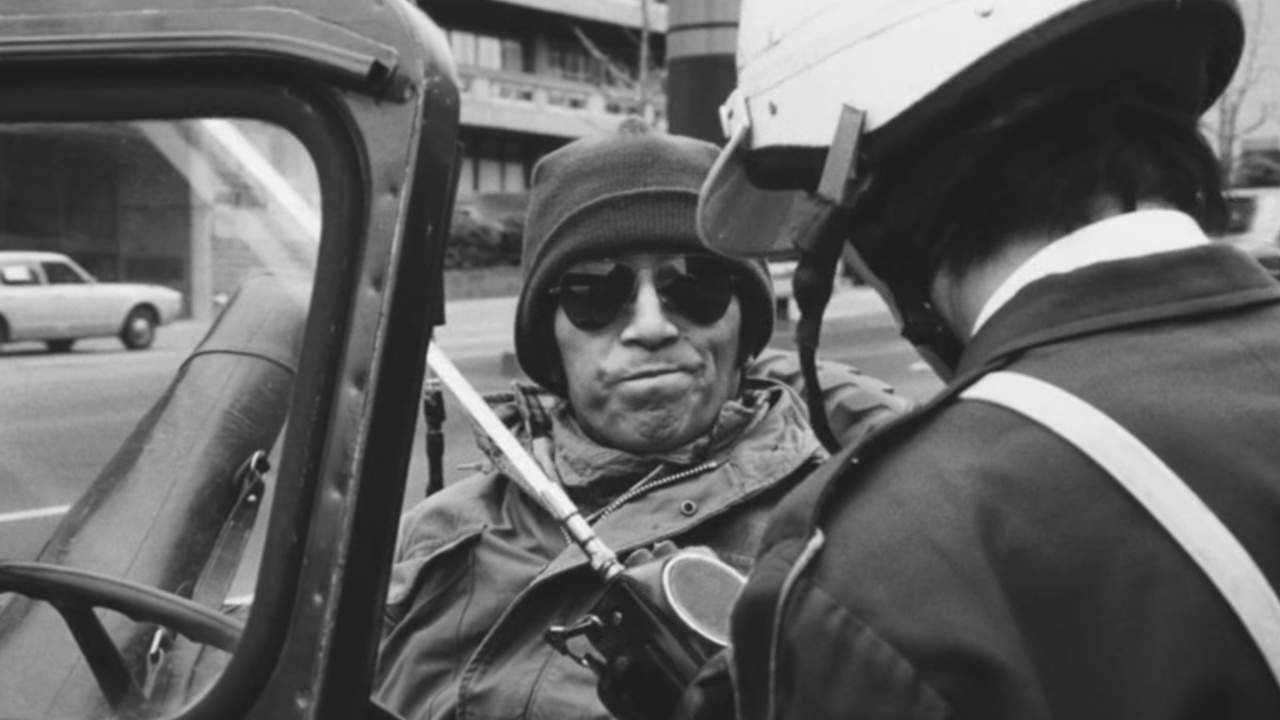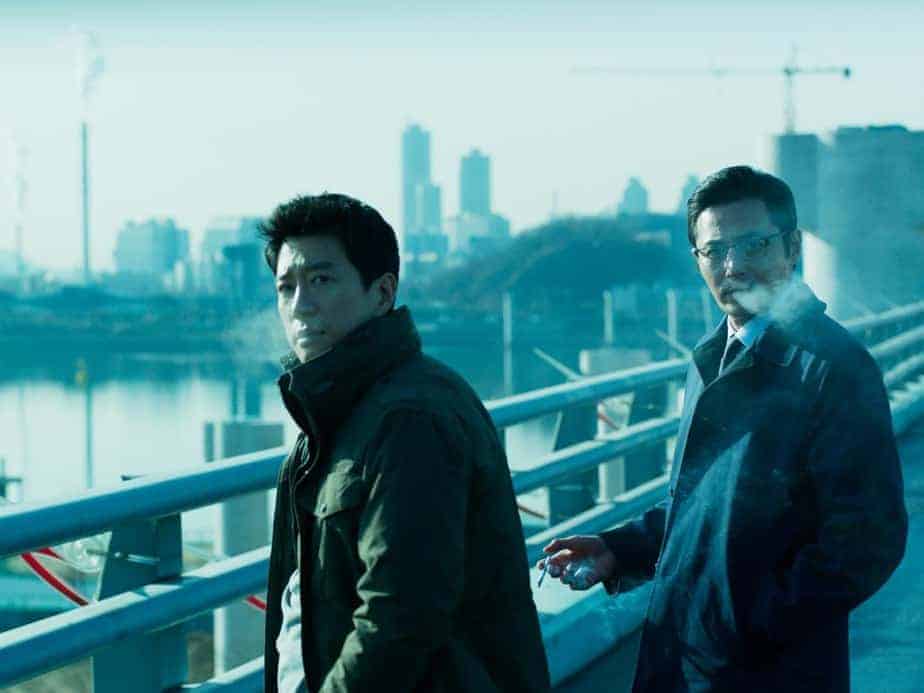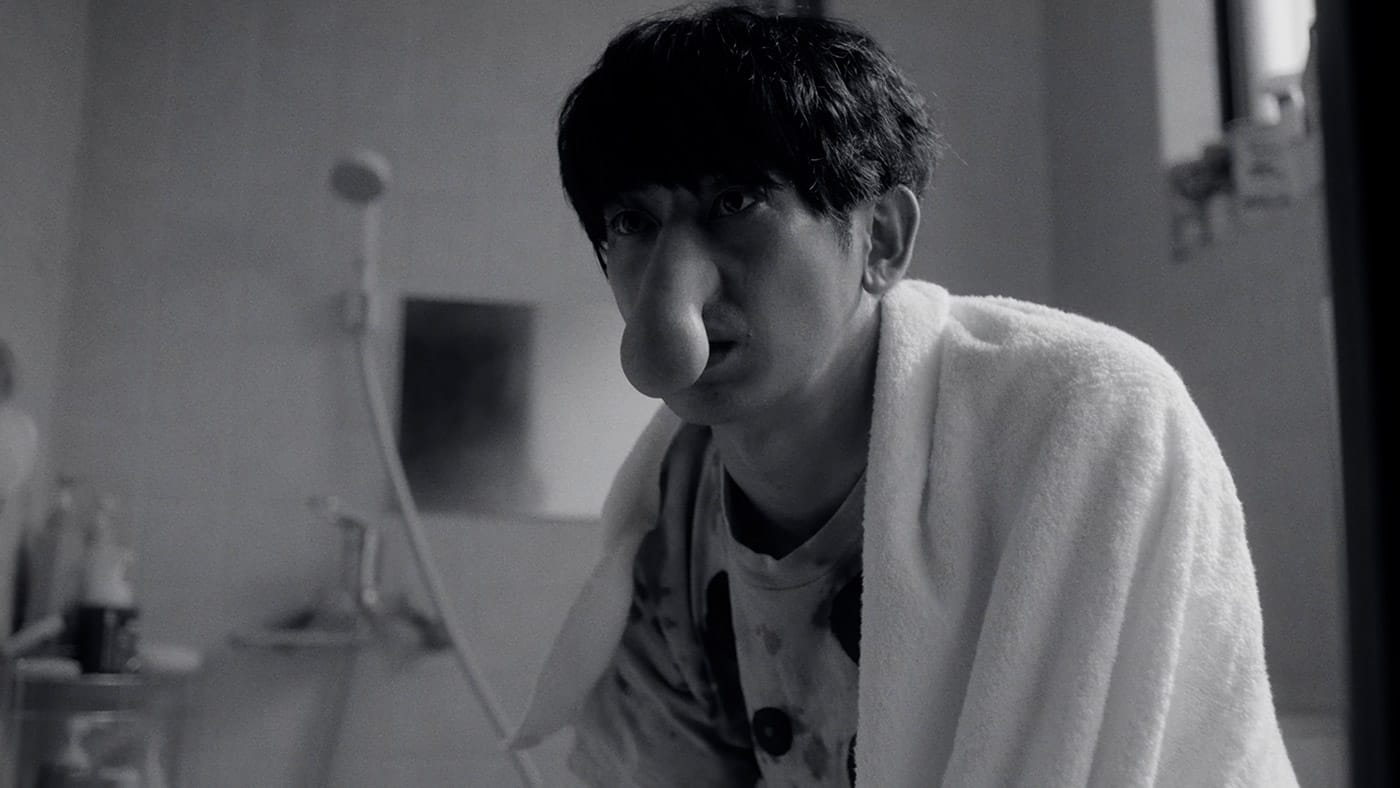Instead of an intro we urge you to read the following article
You can check the full reviews by clicking on the titles
Jumping Ash (1976) by Leong Po-chih
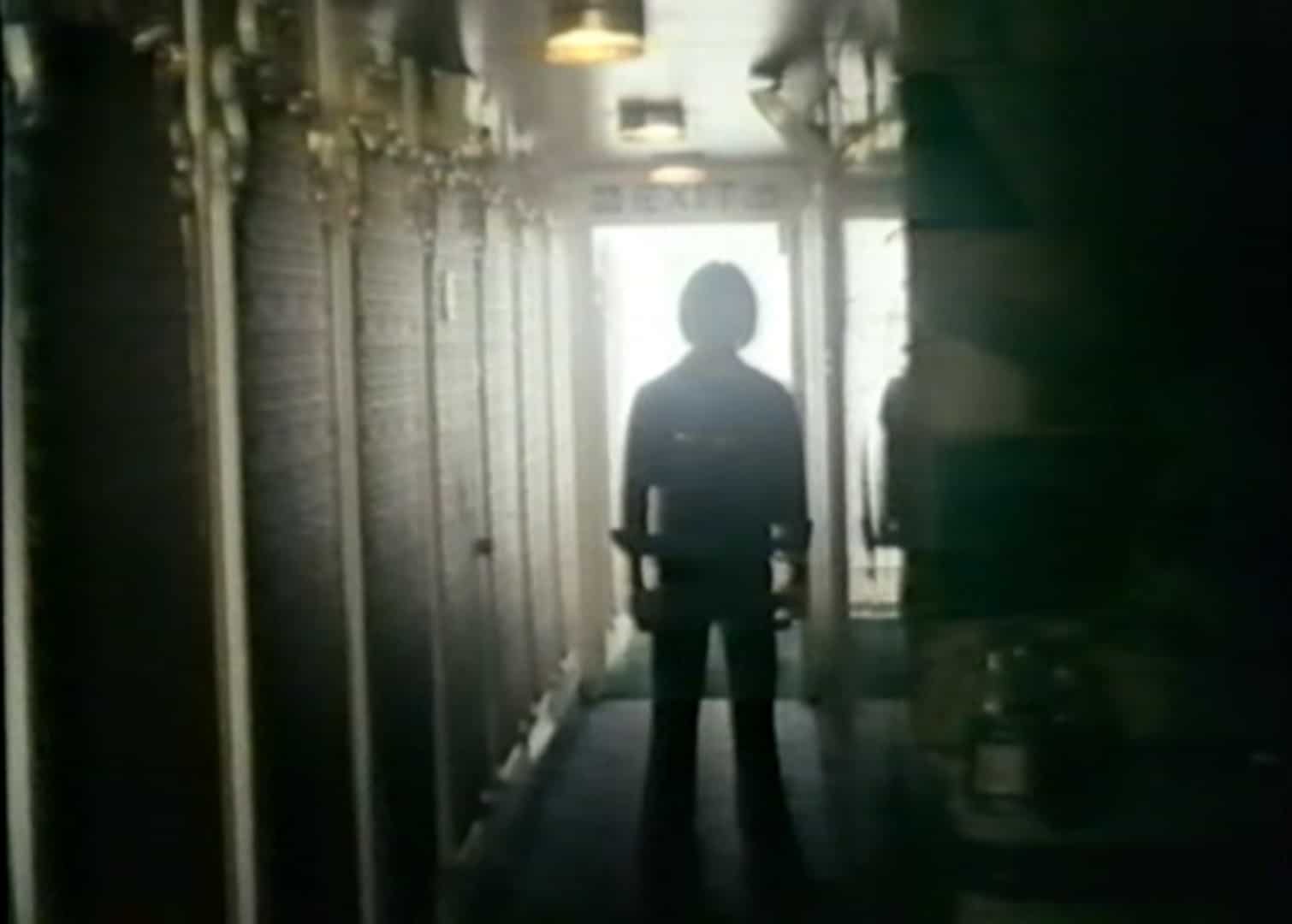
The realism in the presentation of both the criminal world and the way police worked at the time is also evident, with Leong highlighting the fact that a number of poor people were actually caught between the two. The punishment Callan's girlfriend receives in the hands of two men (despite the fact that one of them gets his share also) and the fate of the blind man, are the most indicatory of that comment. Furthermore, the combination of corruption (even Callan's mother gets a washing machine from a drug dealer at some point) and intense bureaucracy is presented as an obstacle (in Callan's effort) to dispense justice, which was frequently rather hard to overcome. This last aspect is what, essentially, justifies his eventual vigilante ways, along with the assault on his girlfriend, as Leong “takes care” not to let his protagonist become a “mad dog” within the narrative. Lun Chia embodies all the aforementioned comments through an impressive performance that is equally convincing in the dramatic, action, humoristic and simply realistic aspects of the movie. (Panos Kotzathanasis)
Cops and Robbers (1979) by Alex Cheung
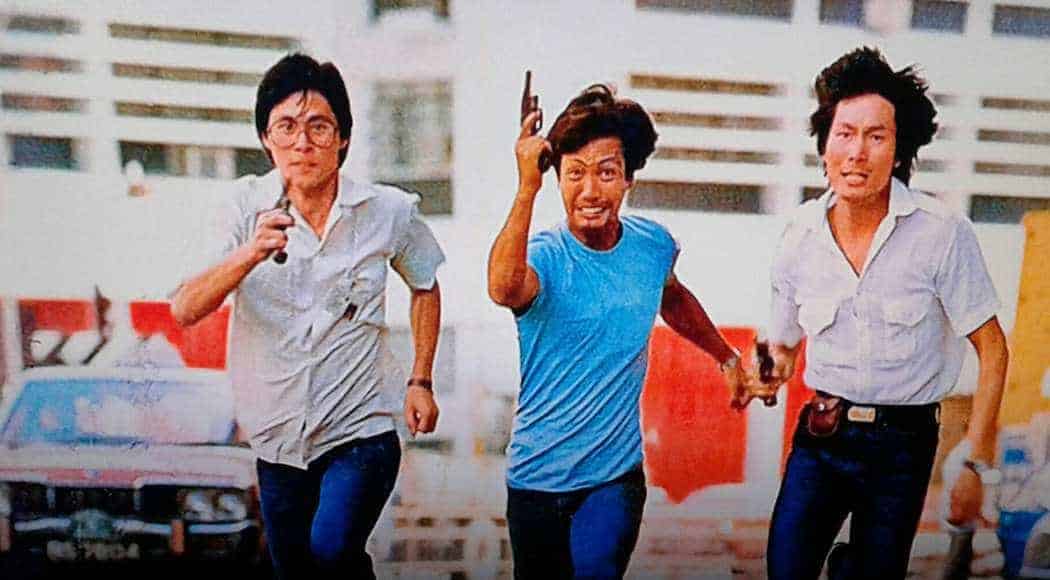
From the opening scene of children playing cops and robbers that concludes with a glass bottle being broken to use as a weapon, there is a sense that the adults in the movie are acting out a more dangerous game. Bill is first seen making a model gun and then at an arcade. Before the bank heist, the villains twirl their guns as if in an imaginary western shouting “Pow Pow” whilst the police indulge in baseball. The theme of duality emerges slowly with Bill in flashback failing his police medical, due to being cock eyed. Kei is shown taking down a robber with one shot as though it were a trick shot, a scene that is almost mirrored at the film's final confrontation. Both police and gangs relax at the same bar with no apparent dissimilarities. (Ben Stykuc)
The Secret (1979) by Ann Hui

The murder plot of “The Secret” is based on the true-life “Double Corpse Murder Case” in the Mount Lung Fu, an event that occurred in Hong Kong in 1970 and Hui has injected this very local case with a whirlwind of classic suspense-thriller, mystery and horror tropes. After a rather disorientating beginning, where lots of characters and settings are introduced in a timeline often disrupted by flashbacks, the narration starts to cleverly show the keys to untangle the initial confusion and the film becomes irresistibly grabbing, like a proper fictional murder mystery. And I say “proper” only because films based on real crime cases may sometimes lack a certain cinematic “pizzazz”, unlike “The Secret”. (Adriana Rosati)
Check also this interview
The Butterfly Murders (1979) by Tsui Hark
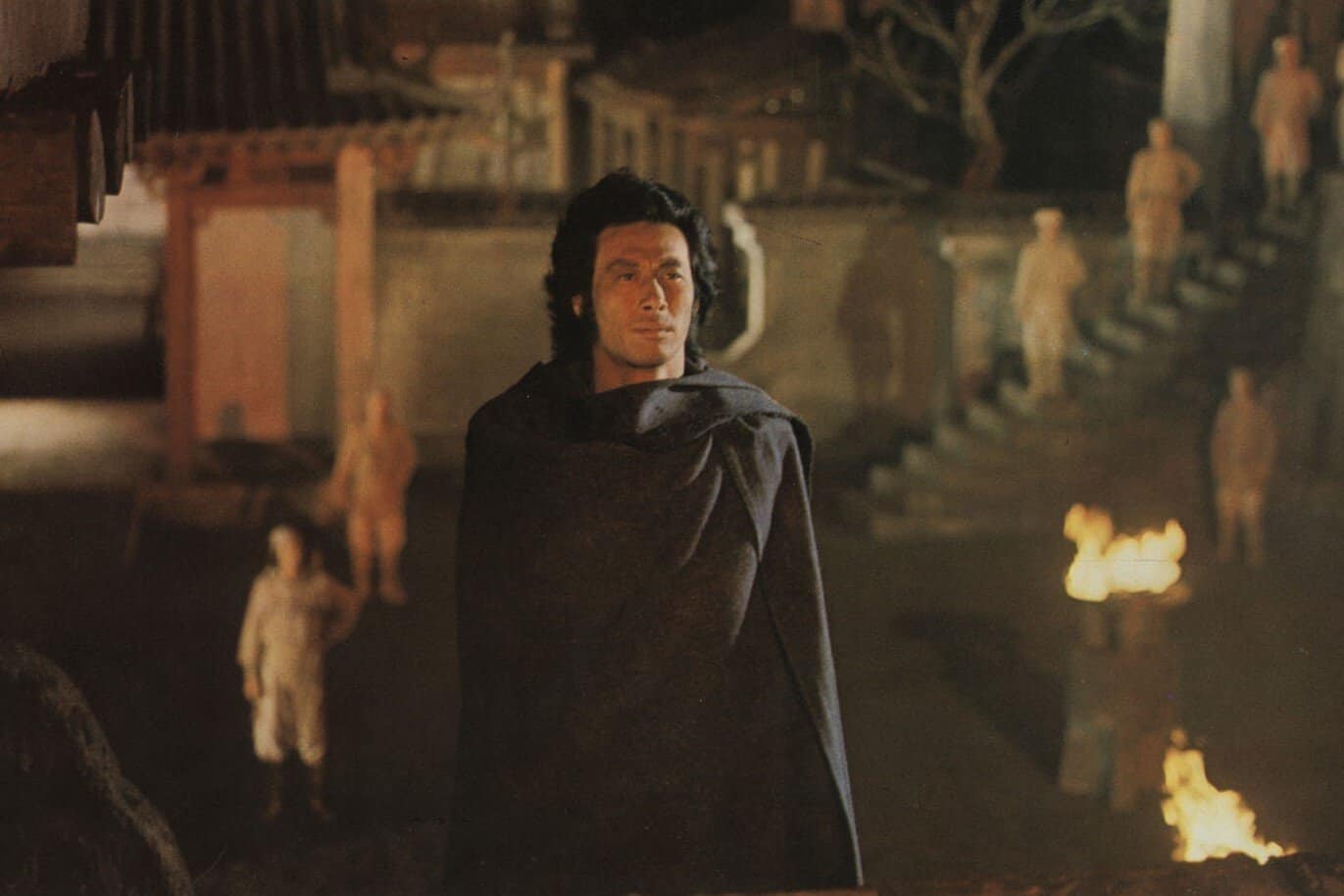
While a wuxia film at heart, “The Butterfly Murders” wouldn't be out of place in a fright fest line-up thanks to the many slasher elements it incorporates. The actual butterfly murders themselves tinge on the supernatural, yet the later introduction of a murderous armoured man means the movie has a mysterious villain that wouldn't feel out of place in a Giallo flick. The man in question dons an iconic garb and proves to be more tactile than the typically lumbering masked killers. All of the murder setups feel like they've been ripped out of an 80s slasher, which is quite impressive given that Hark's feature released only one year after John Carpenter re-invented the genre with “Halloween”. (Tom Wilmot)
Buy This Title
on Amazon by clicking on the image below
Dangerous Encounters of the First Kind (1980) by Tsui Hark
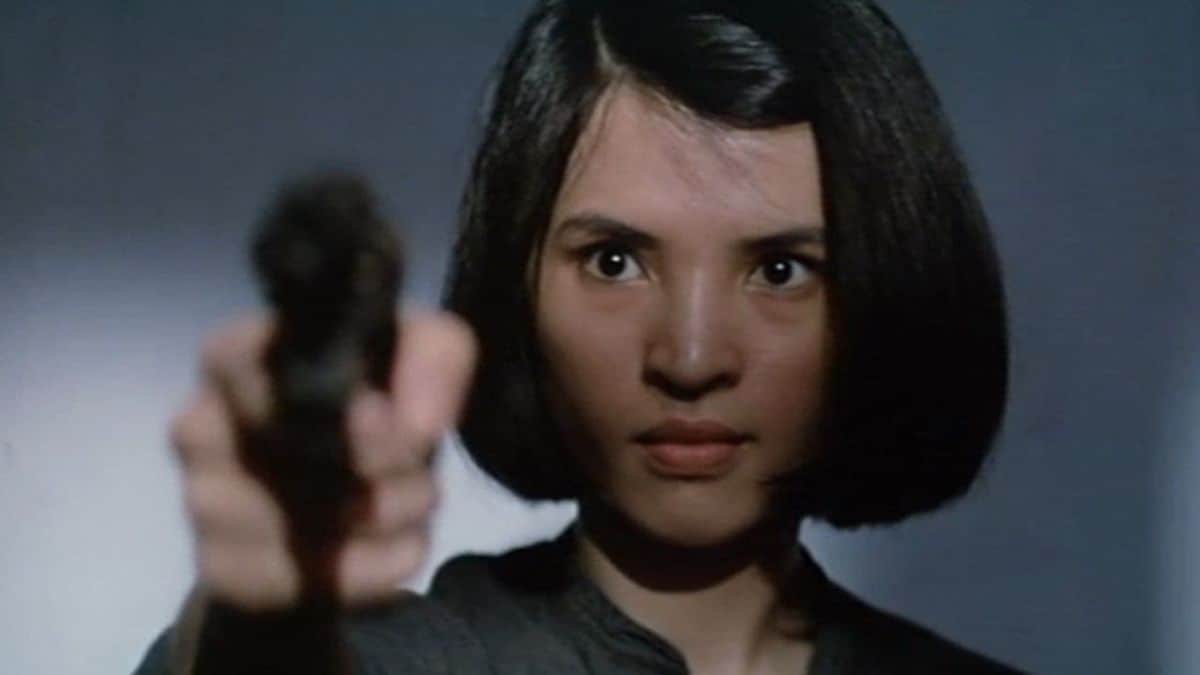
Part of the commercial part of HK New Wave, “Dangerous Encounters of the First Kind” is a testament to Tsui Hark‘s directorial and script-writing abilities (which he co-wrote with Szeto Cheuk-Hon) particularly due to an impressive mix of exploitative violence, sociopolitical and economical commentary, and a rather nihilistic approach to life in Hong Kong at the time. Starting with the latter element, the dead-end youths of the time find themselves into, becomes quite evident from the beginning, with the lack of proper (if any) kind of parenthood being highlighted as the main source of the attitude of the three male protagonists, particularly through the almost complete lack of any kind of parents in the film. Furthermore, Wan-chu's sadistic, rather violent and erratic tendencies highlight the fact that she is in immediate need of psychiatric attention, again showcasing the lack of any kind parenthood or even social healthcare in her case. (Panos Kotzathanasis)
The Spooky Bunch (1980) by Ann Hui

Written with dramatic awareness and sense of humour by Joyce Chan, “The Spooky Bunch” is a lighthearted and entertaining reminder of the weight that the past casts over our actions. The oblivious young leading characters are asked to pay a dear price for something they didn't commit, and part of the irony comes from this “curse”. Especially contrasting with the burdensome past sins is the frivolous giddiness of Ah Chi who seems to fly unscathed through perils and vengeful presences only thanks to her absent mind, in typical comedy manner. (Adriana Rosati)
The Beasts (1980) by Dennis Yu

There's quite a lot to like with “The Beasts.” Among the better elements featured here is the outright sleaze present from director Yu. This gets intense almost immediately with the pre-credit sequence showing Mo and the rest of the bandits catching and slaughtering a pig in the middle of the jungle. This is a feature carried over into other parts of the film, where the group is shown catching and killing animals to eat before turning their attention to Ling and her friends camping. Beyond the animal violence, there's a lot of sliminess and disgust dripping off the attitude of the thugs while the instigating rape that propels the movie forward is appropriately sleazy and disturbing. Given that this goes for the explicit in the encounter, focusing on the group overpowering, stripping, and forcing themselves on her in quite graphic close-ups, allows for a generally unpleasant sequence. Likewise, that continues with the inadvertent death of Wah trying to bring them to justice shortly after the attack, which sets the rest of the film in motion. (Don Anelli)
The Enigmatic Case (1980) by Johnnie To and Andrew Kam
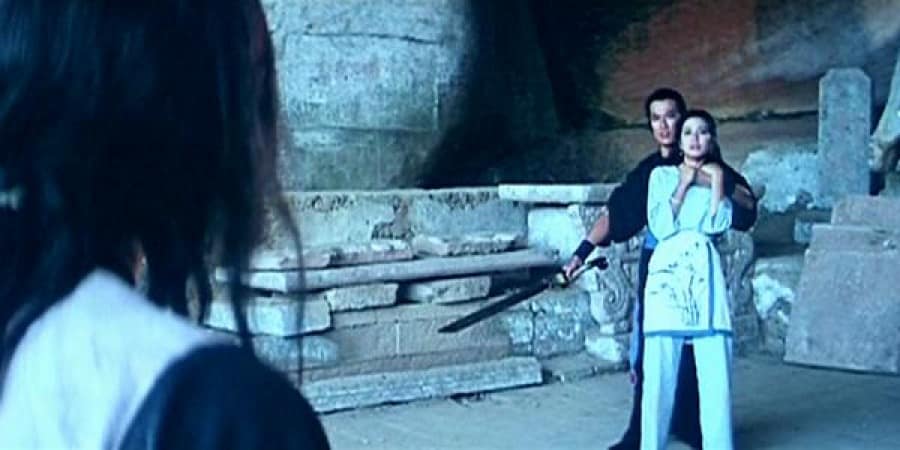
At 25 years of age, Johnnie To did not have the command of the medium he exhibited later, something that becomes rather evident in the way the narrative unfolds, with the many flashbacks being more confusing than intriguing, in a script by Yan Zhu that is, unnecessarily complicated. Furthermore, both the writing and the presentation of the characters is occasionally paper-thin, with Tien-chun seeming more like a constant victim of circumstances than someone who shapes the events around him, and Pei-pei functioning mostly as a tool for the story to progress than a full-fledged character. One of the deaths during the ending seems utterly unjustified, while a number of secondary characters and the event instigated by them are almost nonsensical. This aspect also takes its toll in the acting, with Damian Lau as Tien-chun and a very young Cherie Chung as Pei-pei suffering from the writing of their characters, although the former is quite convincing in the action scenes and the latter's beauty truly fills the screen.
The Sword (1980) by Patrick Tam

Wu xia has always had the air of the fantastical and the exaggerated choreography is one of its trademarks. Whilst this is on display here, there is for the most part a restraint that sets it apart from others that started to appear as the New Wave hit its stride. Patrick Tam‘s tendency to shoot in close\medium shots makes these scenes stand out even in this, his directorial debut. The action feels more intimate and confined to the combatants, with only the occasional wide shot intruding to show off the wire work. This is combined with more reaction shots than is usual and rapid editing that can almost match the blows being struck with the blades. There is only one really outlandish sequence and that is the finale to the duel that is both sudden and spectacular. This is still, though, a feature crossing two worlds with the slower movements reflecting the more traditional style that had come before being juxtaposed with what was to come. (Ben Stykuc)
Man on the Brink (1981) by Alex Cheung

Eddie Chan gets a part to really sink his teeth into. From the outset, his Ah Chiu is a bit of a drifter., never settling down until joining the police. Convinced to go undercover, it is of no surprise to his family that he has seemingly “quit”. What makes his character different from all the others that would follow is his initial perception of his task. He sees it as an exciting game and doesn't seem to take it seriously. Whilst often the undercover policeman becomes lost in the duality of the “part” they are playing, we never quite get this here. Ah Chiu succumbs to his demons through his own circumstances and choices rather than conflicting loyalties. Gradually, he becomes more battered and scarred on the surface and slowly his personality does too. Initially a non drinker or smoker he becomes addicted to gambling and starts to embrace that darker side. It makes you question who is the true Ah Chiu as his family don't seem so surprised. His efforts to keep his relationship with his girlfriend falter and ultimately collapse through the torn duties. His despair leading to choices that will lead to his destruction. (Ben Stykuc)


